Spark very often suffers from Out-Of-Memory errors when scaling. In these cases, fine tuning should be done by the programmer. Or recheck your code, to make sure that you don't do anything that is way too much, such as collecting all the bigdata in the driver, which is very likely to exceed the memoryOverhead limit, no matter how big you set it.
To understand what is happening you should realize when yarn decides to kill a container for exceeding memory limits. That will happen when the container goes beyond the memoryOverhead limit.
In the Scheduler you can check the Event Timeline to see what happened with the containers. If Yarn has killed a container, it will be appear red and when you hover/click over it, you will see a message like:
Container killed by YARN for exceeding memory limits. 16.9 GB of 16 GB physical memory used. Consider boosting spark.yarn.executor.memoryOverhead.

So in that case, what you want to focus on is these configuration properties (values are examples on my cluster):
# More executor memory overhead
spark.yarn.executor.memoryOverhead 4096
# More driver memory overhead
spark.yarn.driver.memoryOverhead 8192
# Max on my nodes
#spark.executor.cores 8
#spark.executor.memory 12G
# For the executors
spark.executor.cores 6
spark.executor.memory 8G
# For the driver
spark.driver.cores 6
spark.driver.memory 8G
The first thing to do is to increase the memoryOverhead.
In the driver or in the executors?
When you are overviewing your cluster from the UI, you can click on the Attempt ID and check the Diagnostics Info which should mention the ID of the container that was killed. If it is the same as with your AM Container, then it's the driver, else the executor(s).
That didn't resolve the issue, now what?
You have to fine tune the number of cores and the heap memory you are providing. You see pyspark will do most of the work in off-heap memory, so you want not to give too much space for the heap, since that would be wasted. You don't want to give too less, because the Garbage Collector will have issues then. Recall that these are JVMs.
As described here, a worker can host multiple executors, thus the number of cores used affects how much memory every executor has, so decreasing the #cores might help.
I have it written in memoryOverhead issue in Spark and Spark – Container exited with a non-zero exit code 143 in more detail, mostly that I won't forget! Another option, that I haven't tried would be spark.default.parallelism or/and spark.storage.memoryFraction, which based on my experience, didn't help.
You can pass configurations flags as sds mentioned, or like this:
spark-submit --properties-file my_properties
where "my_properties" is something like the attributes I list above.
For non numerical values, you could do this:
spark-submit --conf spark.executor.memory='4G'
